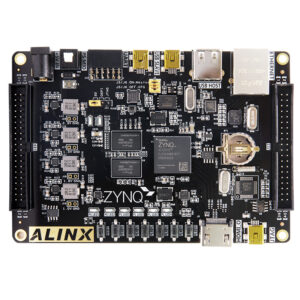In Digital Signal Processing, one can manipulate signals after they have been converted from analog voltages and currents into digital form i.e., as sequence of numbers. Normal analog operations of filtering, mixing, and signal detection all have their parallels in the DSP world. Because the cost of complex digital processing is very low.
Now let’s understand how decimation works in GNU Radio
GNU Radio is open-source software where in we use signal processing blocks to implement communication system applications. Flexibility provided by GNU Radio is good and it can be made best by using RF hardware along with GNU Radio, this helps to implement many wireless applications and software radios.
The GNU Radio Companion (GRC) is always a superior and satisfactory choice to create flow graphs, provided that all the blocks you need are available in GRC.
Loosely speaking, decimation is the process of reducing the sampling rate. In practice, this usually implies low-pass filtering a signal, then throwing away some of its samples.
Reason to decimate is simply to reduce the sampling rate at the output of one system so a system operating at a lower sampling rate can input the signal. But a much more common motivation for decimation is to reduce the cost of processing: the calculation and/or memory required to implement a DSP system generally is proportional to the sampling rate, so the use of a lower sampling rate usually results in a cheaper implementation.
Downsampling is a more specific term which refers to the process of throwing away samples, without the low-pass filtering operation
To learn more about the Decimation in GNU Radio companion, please click on the link for the application note below,
http://www.tenettech.com/product/7012/decimation-with-gnu-radio






